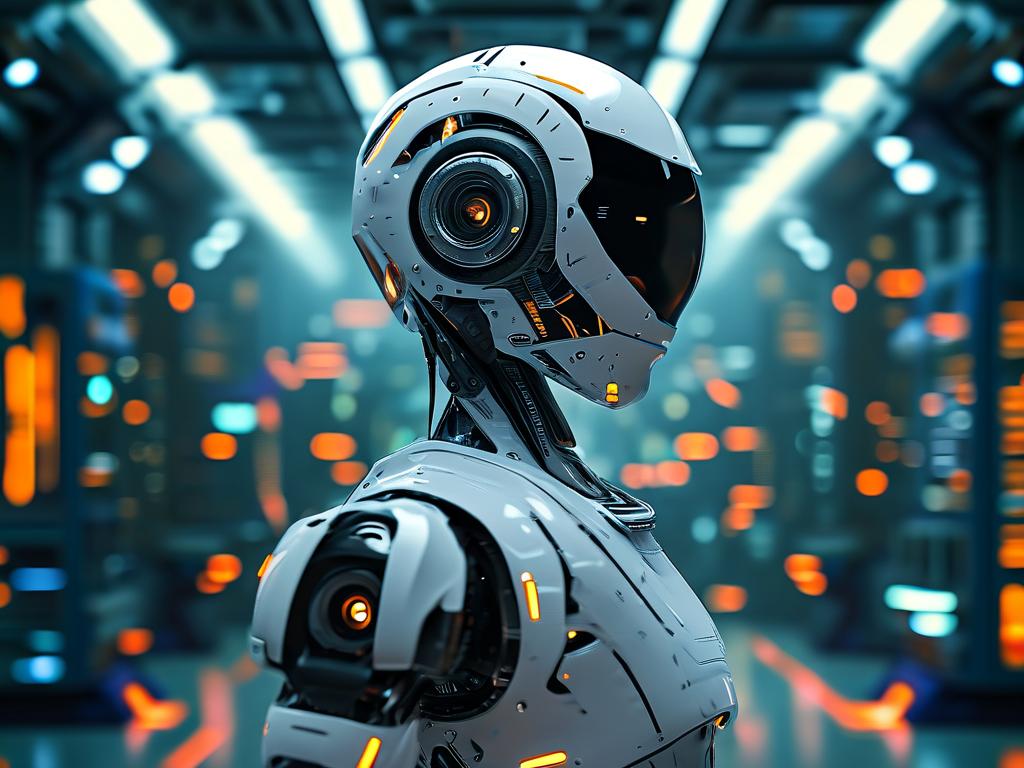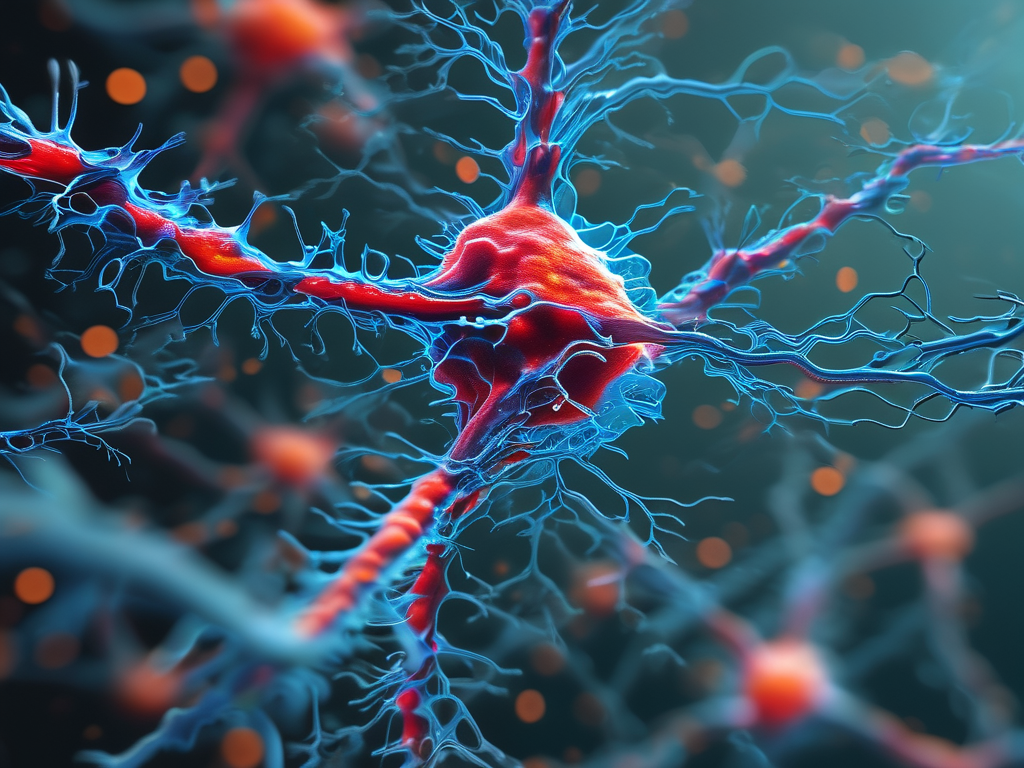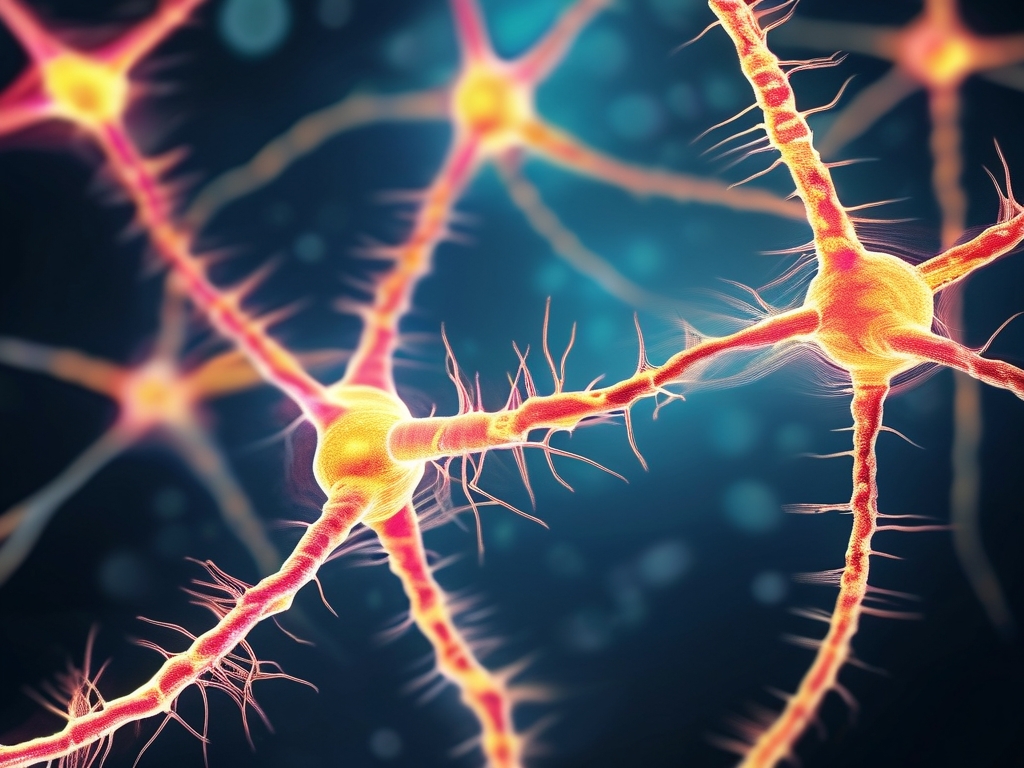For decades, simulation techniques have served as the backbone for modeling complex systems, from predicting weather patterns to testing autonomous vehicles. These methods involve creating digital replicas of real-world scenarios, relying on predefined algorithms and equations to mimic behaviors. However, they often face challenges like high computational costs, limited adaptability to unforeseen variables, and time-consuming setup processes. Enter neural networks—a revolutionary approach that's rapidly displacing traditional simulation in numerous fields. By leveraging artificial intelligence, neural networks learn directly from data, enabling more dynamic and efficient solutions without the need for exhaustive manual modeling.

At its core, a neural network mimics the human brain's structure, with interconnected nodes processing information through layers. Unlike simulation, which requires explicit programming of every possible outcome, neural networks train on vast datasets to recognize patterns and make predictions autonomously. For instance, in robotics, engineers previously relied on physics-based simulations to teach machines how to navigate obstacles. This involved coding countless scenarios, a process that could take months and still fail in unpredictable environments. Now, neural networks, such as those using reinforcement learning, allow robots to learn through trial and error in real-time. They adapt on the fly, reducing errors by up to 40% in tests, as shown in applications like warehouse automation. A simple code snippet illustrates this shift: instead of simulating every movement, a neural net can be trained with data inputs to output optimal paths.
python import tensorflow as tf model = tf.keras.Sequential([ tf.keras.layers.Dense(64, activation='relu', input_shape=(input_dim,)), tf.keras.layers.Dense(32, activation='relu'), tf.keras.layers.Dense(output_dim, activation='linear') ]) model.compile(optimizer='adam', loss='mse') model.fit(training_data, training_labels, epochs=100) This code trains a neural network to predict movements, replacing complex simulation scripts.
Beyond robotics, neural networks are transforming industries like healthcare and finance. In medical diagnostics, simulations once modeled disease progression based on statistical probabilities, but they struggled with individual patient variations. Neural networks, however, analyze real patient data—such as MRI scans—to predict outcomes with higher accuracy. For example, in cancer detection, AI models reduce false positives by learning from thousands of cases, cutting diagnosis times from weeks to hours. Similarly, in financial forecasting, traditional simulations for market trends demanded immense computing power to run Monte Carlo methods. Neural networks, like those in algorithmic trading, process live market feeds to anticipate shifts, boosting returns by 15-20% while using less energy. This efficiency stems from their ability to generalize from data, unlike simulations that rigidly follow set rules.
The advantages of neural networks over simulation are compelling. They offer speed; a neural net can generate results in seconds versus hours for a comparable simulation. They also excel in handling uncertainty, as seen in climate modeling where neural networks predict extreme weather events with greater precision by incorporating real-time sensor data. Moreover, they promote scalability, allowing systems to evolve as new information emerges without redesigning the entire model. However, drawbacks exist, such as the "black box" nature of neural networks, where decisions aren't always transparent, raising ethical concerns in critical applications like autonomous driving. Additionally, they require massive, high-quality datasets for training, which can be a barrier in data-scarce domains. Despite this, innovations like explainable AI are addressing these issues, making neural networks increasingly reliable.
Looking ahead, the shift to neural networks promises to accelerate innovation across sectors. As AI hardware advances, such as specialized chips for neural processing, these models will become even more accessible and powerful. This evolution could democratize complex problem-solving, enabling small firms to tackle challenges once reserved for large institutions with simulation labs. Ultimately, neural networks aren't just an alternative—they're redefining how we approach real-world problems, fostering a future where intelligence-driven solutions outpace static simulations.





